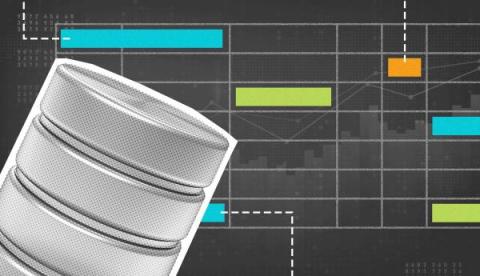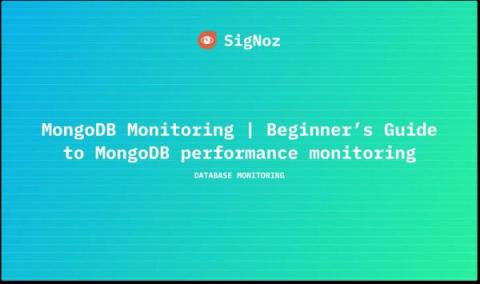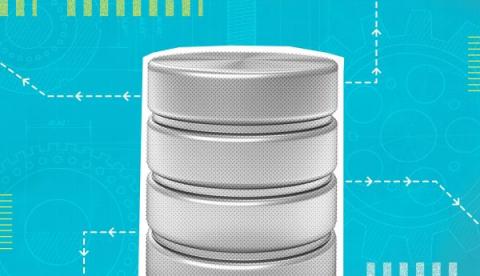Operations | Monitoring | ITSM | DevOps | Cloud
Databases
The latest News and Information on Databases and related technologies.
An Introduction to PostgreSQL Concurrency Control
Patterns to achieve database High Availability
A study from ManageForce estimated the cost of a database outage to be an average of $474,000 per hour. Long database outages are the result of poor design concerning high availability.
What Is Database Monitoring, and Why Is It Still Important?
MongoDB Monitoring | Beginner's Guide to MongoDB performance monitoring
How Grafana Mimir helped Pipedrive overcome Prometheus scalability limits
Karl-Martin Karlson has been working on Pipedrive’s observability team for more than four years, implementing and supporting several observability platforms such as Grafana, Prometheus, Graylog, and New Relic. In sales, as in life, you can’t control your results — but you can control your actions. With that in mind, a team of sales professionals set out in 2010 to build a customer relationship management (CRM) tool that helps users visualize their sales processes and get more done.
An Introduction to B-Tree and Hash Indexes in PostgreSQL
Serverless Monitoring In The Cloud With The observIQ Distro for OpenTelemetry
New in Grafana Mimir: Ingest Graphite, Datadog, Influx, and Prometheus metrics into a single storage backend
In March 2022, Grafana Labs released Grafana Mimir, the most scalable, most performant open source time series database in the world. Mimir provides significant scale — 1 billion active series and beyond — with easy deployment, multi-tenancy, durable storage, high availability, and super fast query performance. From launch, Grafana Mimir could natively consume Prometheus metrics.
Monitor CockroachDB performance metrics with Datadog
CockroachDB is a highly resilient distributed SQL database developed by Cockroach Labs. CockroachDB assures ACID semantics and aims to make it easy to scale horizontally by adding nodes instead of manually sharding the database. Built to be resilient (much like its namesake insect) and highly available as it scales, CockroachDB readily recovers from node failures by repairing and rebalancing automatically.











